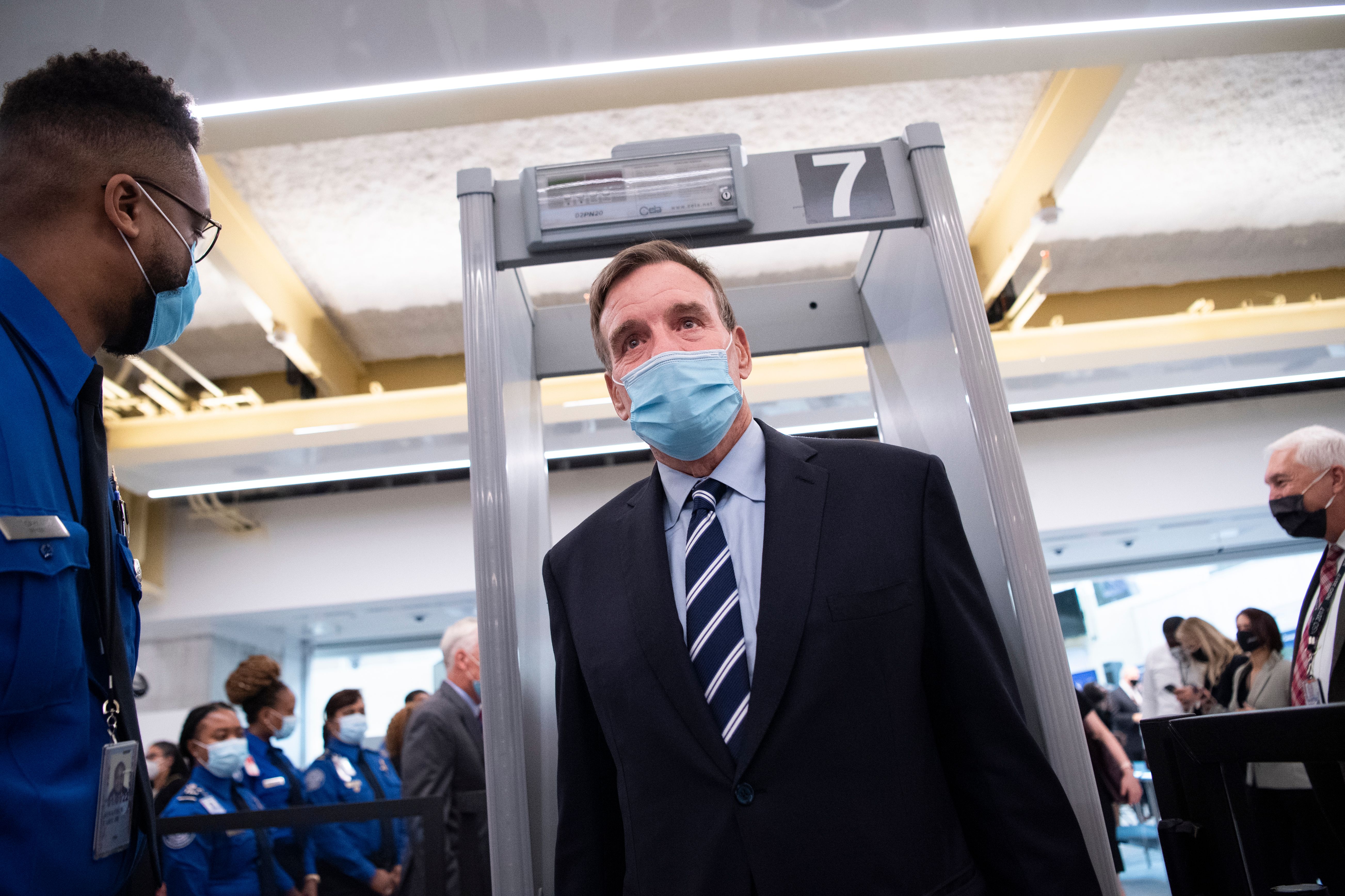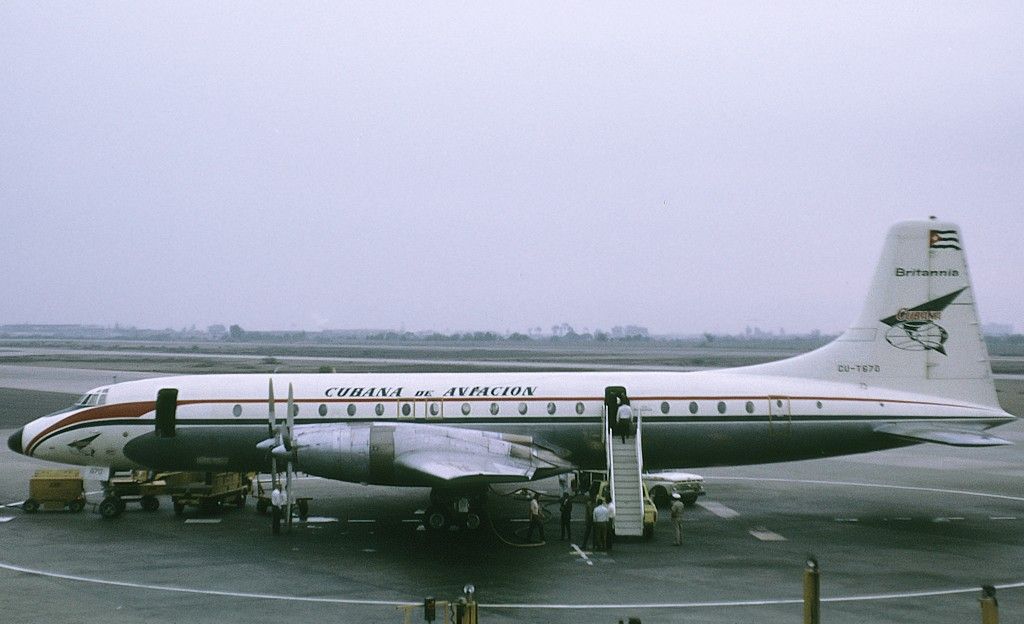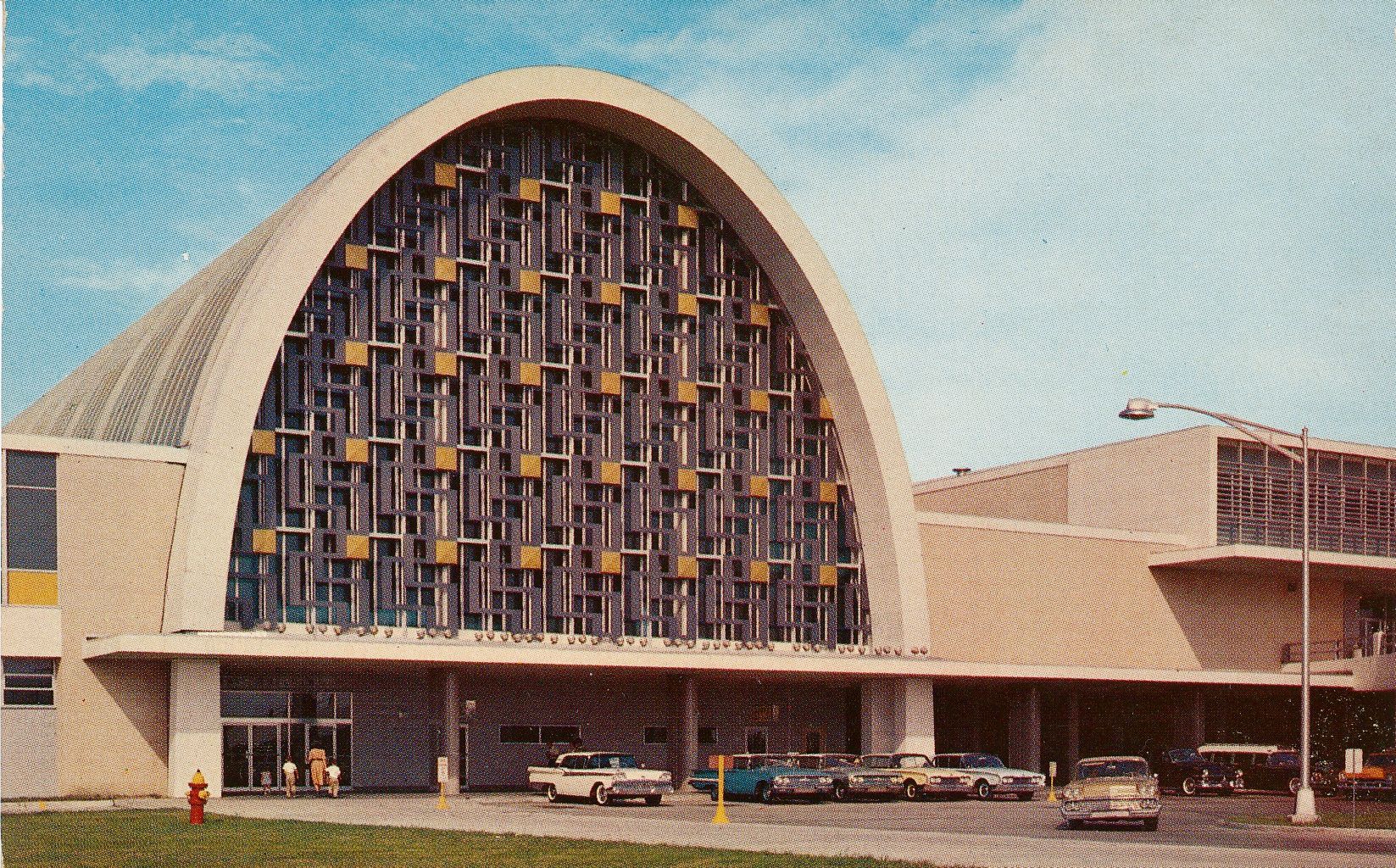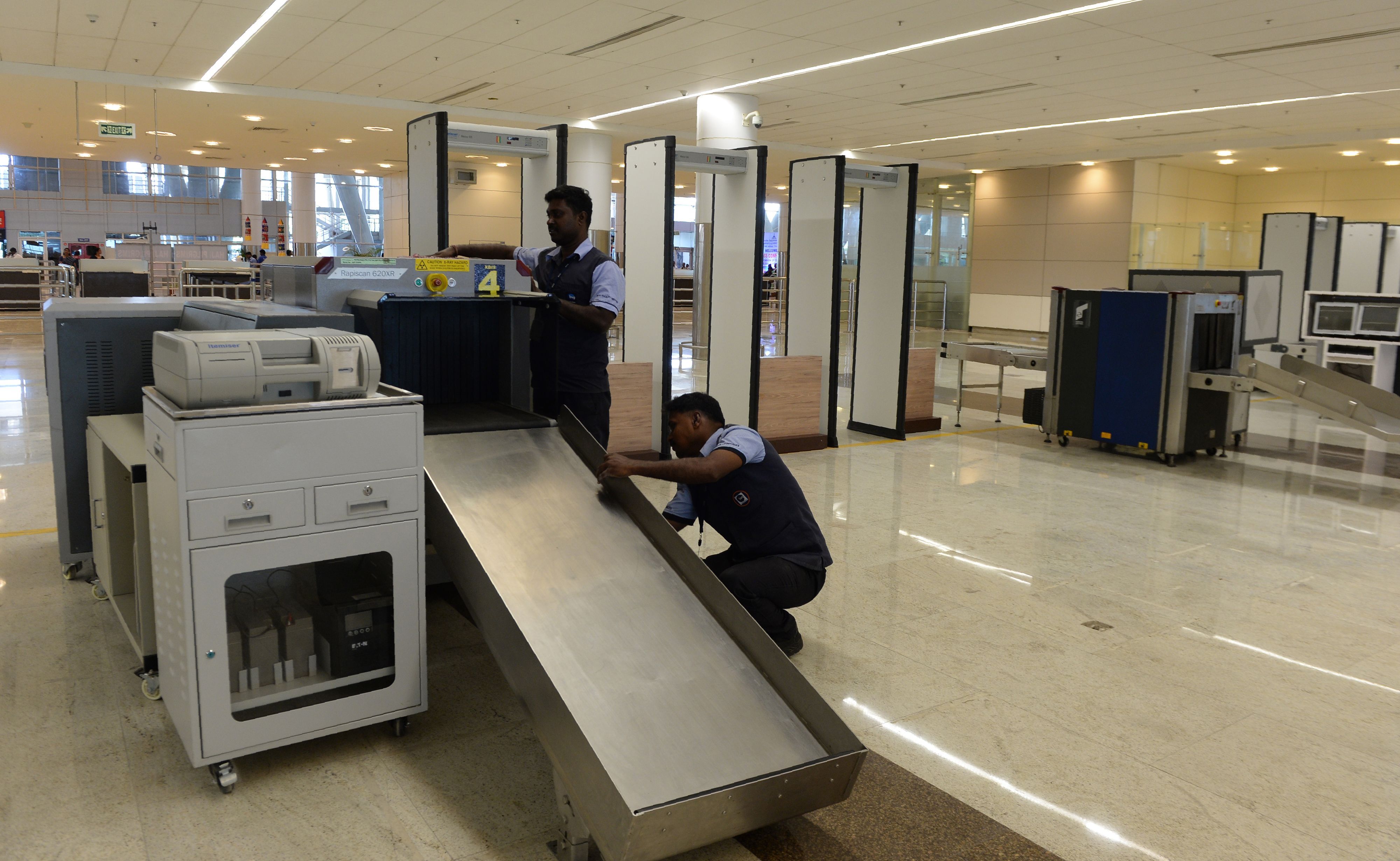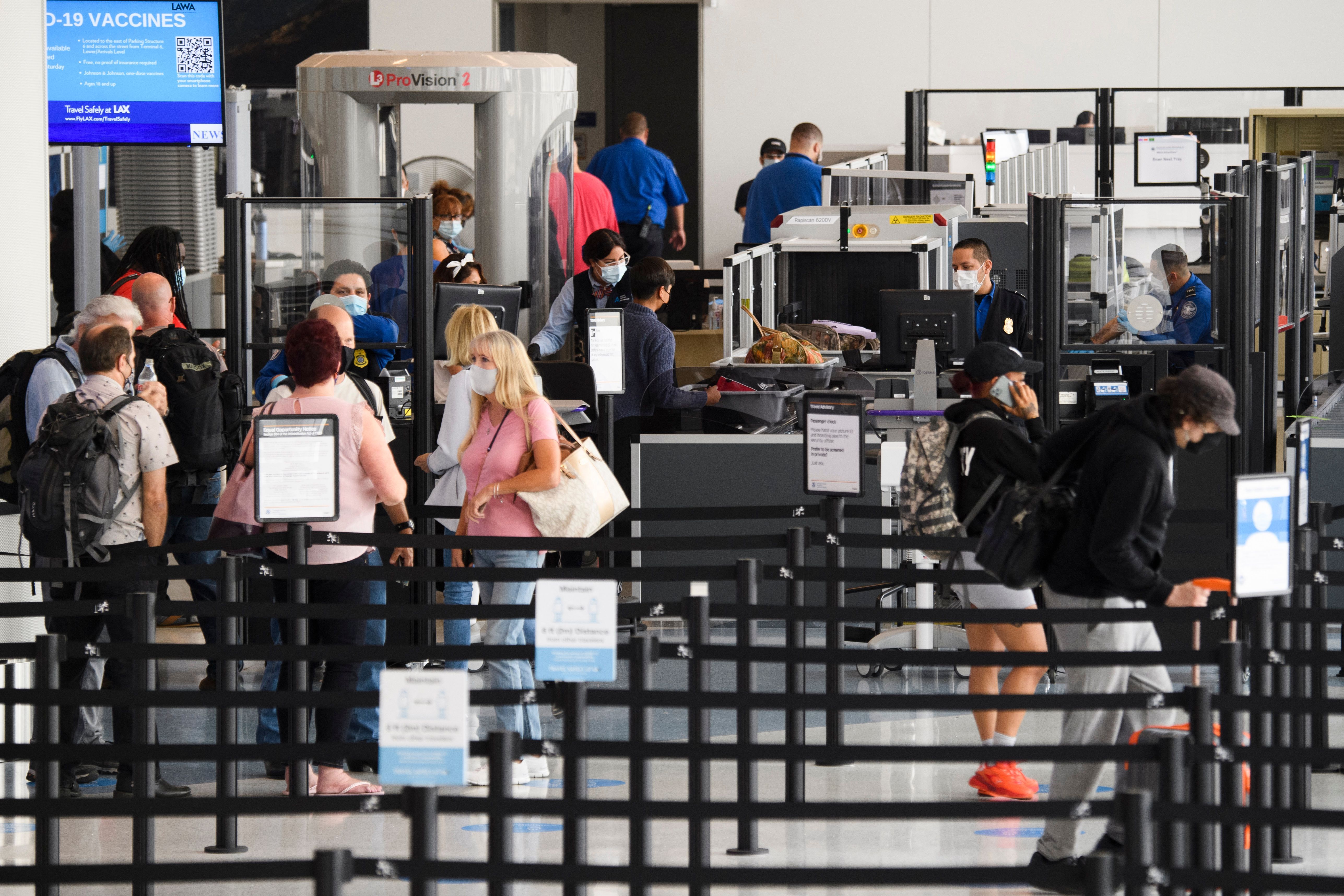There are many significant milestones in aviation. One that you may not think of often - but that has significantly impacted aviation security and every journey taken today - is the introduction of metal detector screening. This is the norm today, but it was only introduced in the 1970s. It was first introduced in the US, with New Orleans International Airport becoming the first user of the walk-through metal detector in July 1970.
The early days of airport security
The first several decades of flying saw very little, if any, security at airports. Passengers were much freer to carry items onboard the aircraft, and others could easily accompany passengers to the aircraft.
Things started to change after a series of hijackings in the 1960s. In particular, there were several US private and commercial aircraft hijacked in the air and flown to Cuba. According to The Smithsonian, just in 1969, there were 40 hijackings in the US and a total of 89 worldwide.
Profiling of passengers was an initial attempt to try and control the situation. Passengers were selected visually for secondary screening, which could include searches and the use of hand-held metal detectors or magnetometers. This would quickly evolve into the screening of all passengers as metal detection equipment improved.
Metal screening began in 1970
By 1970, the walk-through metal detector was commercially available, and New Orleans International airport in Louisiana became the first airport to install them. Usage began on July 17th, 1970 (according to historical recollections from IBM). These metal detectors (much like those still used today) were designed to detect the metal components used in weapons but will, of course, detect anything metallic. It was still not a requirement then to screen all passengers, and at first, walk-through metal detectors were likely used alongside selected screening.
More manufacturers quickly entered the market as the use of airport magnetometers increased. Other airports soon started to introduce such screening, but it did not become mandated until 1973. In January 1973, the FAA introduced the requirement for all passengers to be screened before a flight. This became federal law in the US in 1974 under the Air Transportation Security Act. This also specified the requirement for all luggage being carried onboard to be X-ray inspected.
Continued screening improvements since then
The process of metal detection and X-ray baggage screening has, of course, become the norm worldwide. Hijacking and security incidents have been reduced from the 1960s peaks, but changes have been made since then - often in response to incidents.
The terrorist attacks of September 11th, 2001, are the most significant example. This led to major changes in the US, with the Transportation Security Administration (TSA) being created to handle security directly. Hold luggage was also required to be screened, air marshall use was increased, and aircraft cockpits were secured.
The restrictions on liquids that we all experience today came in 2006. This followed the uncovering of plots to detonate liquid explosives on a series of flights between the UK and the US. Laptops and other electronics now require greater scrutiny after plans to use them as explosive devices were discovered - there was even a ban on laptops from certain airports for a short period in 2017.
Technology and security processes continue to evolve - as does the cost to airports and airlines. Full body scanners (so-called millimeter wave scanners that use electromagnetic radiation to detect any items around a person) are the next iteration. They are now commonly seen at airports alongside traditional metal detectors. These were first used in Europe (at Amsterdam Schiphol Airport) in 2007 and are now in use in many countries - despite ongoing privacy concerns from some groups.
Airport security has undoubtedly changed a lot from the early days of simple selective screening in the 1970s. With busy airports and staff shortages these days, it is often a lengthy and frustrating process - but still essential. Feel free to discuss the changes in security further in the comments.

